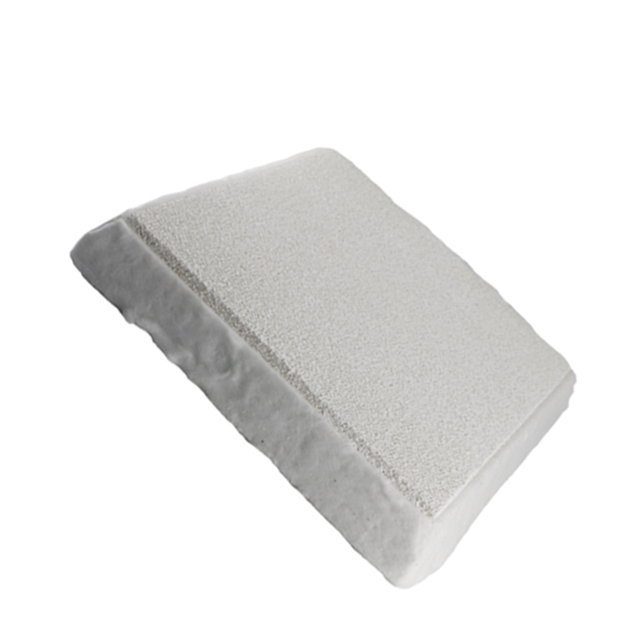
10 10月 High Porosity Foam Foundry Filter
High Porosity Foam Foundry Filter
High Porosity Foam Foundry Filter is used in the metallurgical industry and foundry to clean metal melt from non-metallic inclusions and oxide films, which helps to eliminate many shortcomings, improve the quality of the metal, reduce the amount of scrap during casting and also solve other production problems.
The use of filters provides:
Increasing the uniformity of the internal structure of the metal.
Improvement of mechanical properties.
Elimination of metallurgical imperfections (gas sinks, porosity, leaks).
Surface quality improvement.
A significant improvement in the machinability of products, reducing the cost of their processing
Decrease in quantity of marriage.

High Porosity Foam Foundry Filter of three-dimensional structure of various shapes (circle, oval, rectangle, square), sizes, thickness (12-50 mm) and porosity (8-70 ppi – pore per linear inch) – depending on needs and customer requests.
Filter application temperature – up to 1700 ° C (with short-term use, higher temperatures are also possible).
To ensure optimal filter efficiency, they must be preheated.
Three types of High Porosity Foam Foundry Filter are offered, which are made on the basis of:
aluminum oxide (for filtering aluminum at temperatures up to 1150 ° C);.
zirconium dioxide (for filtering steel, as well as alloys based on nickel and cobalt, at temperatures up to 1700 ° C). Special application – casting of magnesium.
silicon carbide (for filtering ductile and ductile iron, as well as non-ferrous metals at temperatures up to 1420 ° C).
For particularly critical products, duplex filters can be used, the distinguishing feature of which is the combination of two types of porosity in one filter of a standard size: porosity PPI 10/30 with sizes from D 100 * 25 mm.
It is possible to use filters at various points of the casting system: horizontally or vertically along the way, at the base of the gate or profit.
In addition, when casting, due to the three-dimensional structure of the filter, the metal flow is effectively stabilized, the form is filled more smoothly and evenly. Due to this, the deoxidation of the metal in the mold, as well as the erosion of the molding sand, are significantly reduced.


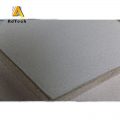
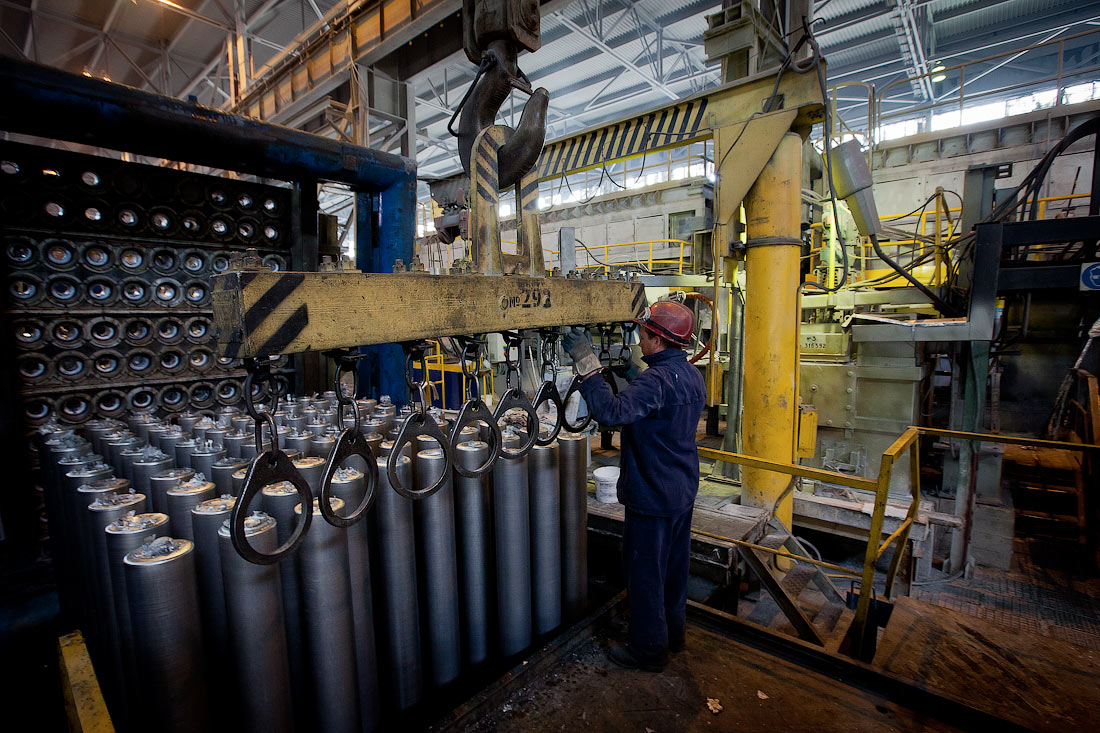

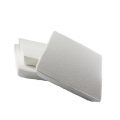
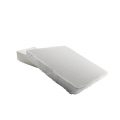
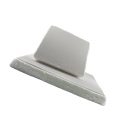

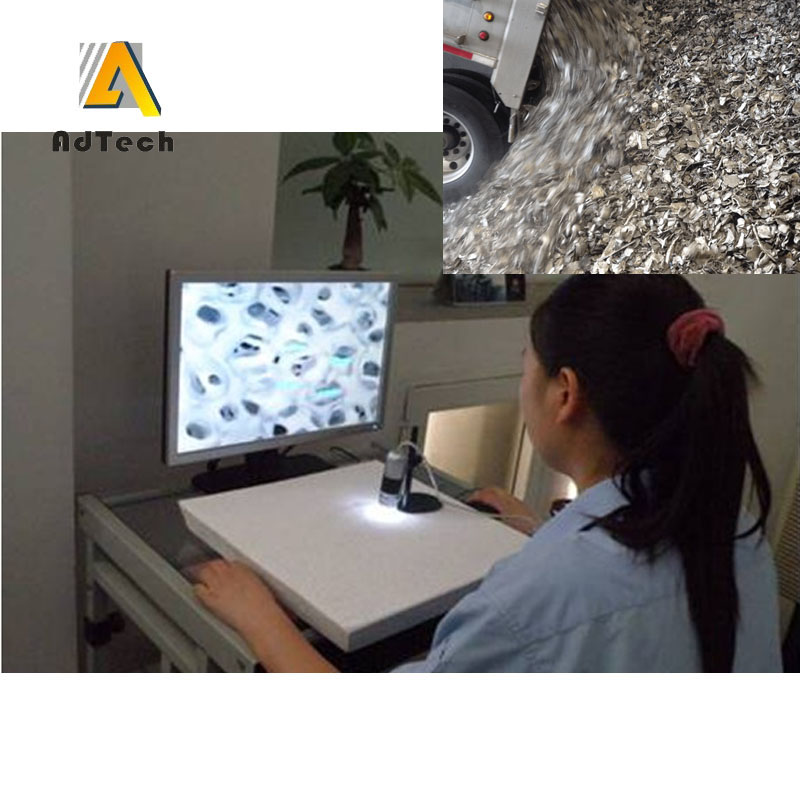
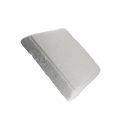

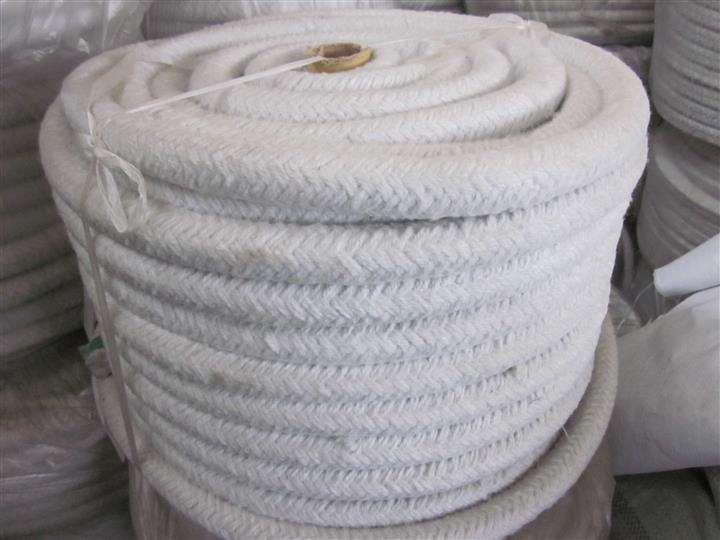
Sorry, the comment form is closed at this time.